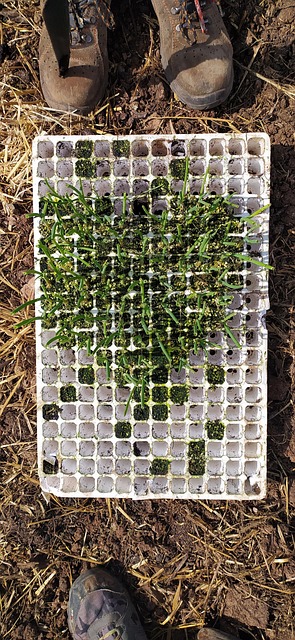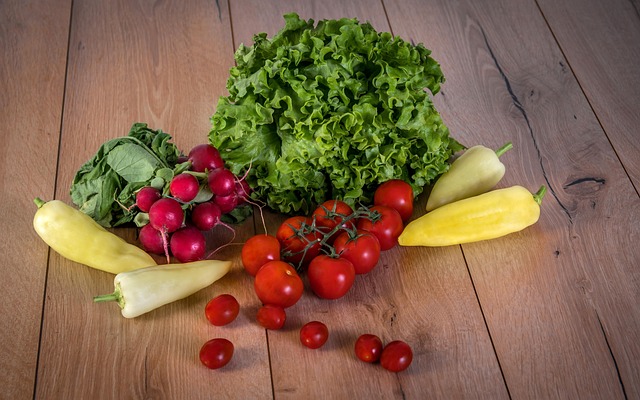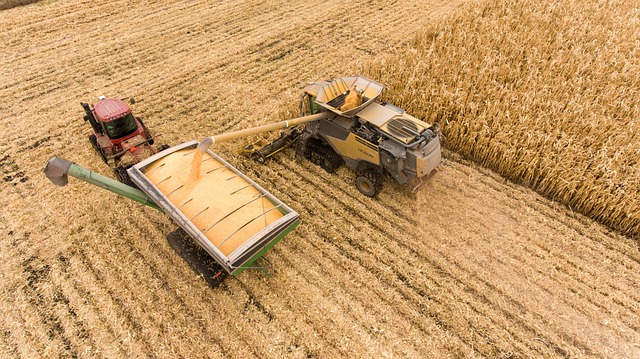Revolutionizing Agriculture: The Role of Biofarms in Transport Sustainability and Rural Development
As we navigate through the challenges of modern agriculture, one concept has emerged as a beacon of hope: the biofarm. These innovative farming methods not only enhance productivity but also contribute significantly to transport sustainability and rural development. Let’s delve into how biofarms are reshaping our agricultural landscape.
Transport Sustainability: A Green Journey
Transport sustainability is essential in mitigating the carbon footprint of agriculture. Biofarms, often situated close to urban areas or local markets, reduce the distance food travels from farm to table. This localization minimizes fuel consumption and greenhouse gas emissions associated with long-distance transportation.
Moreover, biofarms frequently utilize renewable energy sources, such as solar or wind power, to operate essential equipment and irrigation systems. By reducing reliance on fossil fuels, these farms set a precedent for sustainable transport practices within the agricultural sector.
Rural Development: Empowering Local Communities
Biofarms play a crucial role in uplifting rural communities. By adopting sustainable practices, these farms create jobs and bolster the local economy. They often employ workers from nearby areas, providing opportunities for skills development and training in sustainable agriculture techniques.
Furthermore, biofarms encourage the use of local resources, including native seeds and organic fertilizers. This not only helps preserve biodiversity but enhances food security by reducing dependency on external supplies. As a result, rural communities thrive, fostering a sense of pride and ownership over their agricultural practices.
The Synergy of Biofarms
The true beauty of biofarms lies in their ability to create synergies. By marrying transport sustainability with rural development, they form a holistic approach to modern agriculture. Consumers are increasingly recognizing the value of locally sourced, sustainably produced food, which further incentivizes biofarms to expand and innovate.
As these farms thrive, they empower farmers, strengthen local economies, and create healthier ecosystems. The movement towards biofarms signifies a collective shift towards more responsible agricultural practices, allowing us to embrace our role as stewards of the land.
In embracing the biofarm model, we can redefine how we think about agriculture, transport, and rural development. This transformation is essential for securing a sustainable future, one that prioritizes the health of our planet and the prosperity of our communities.




